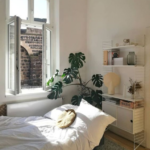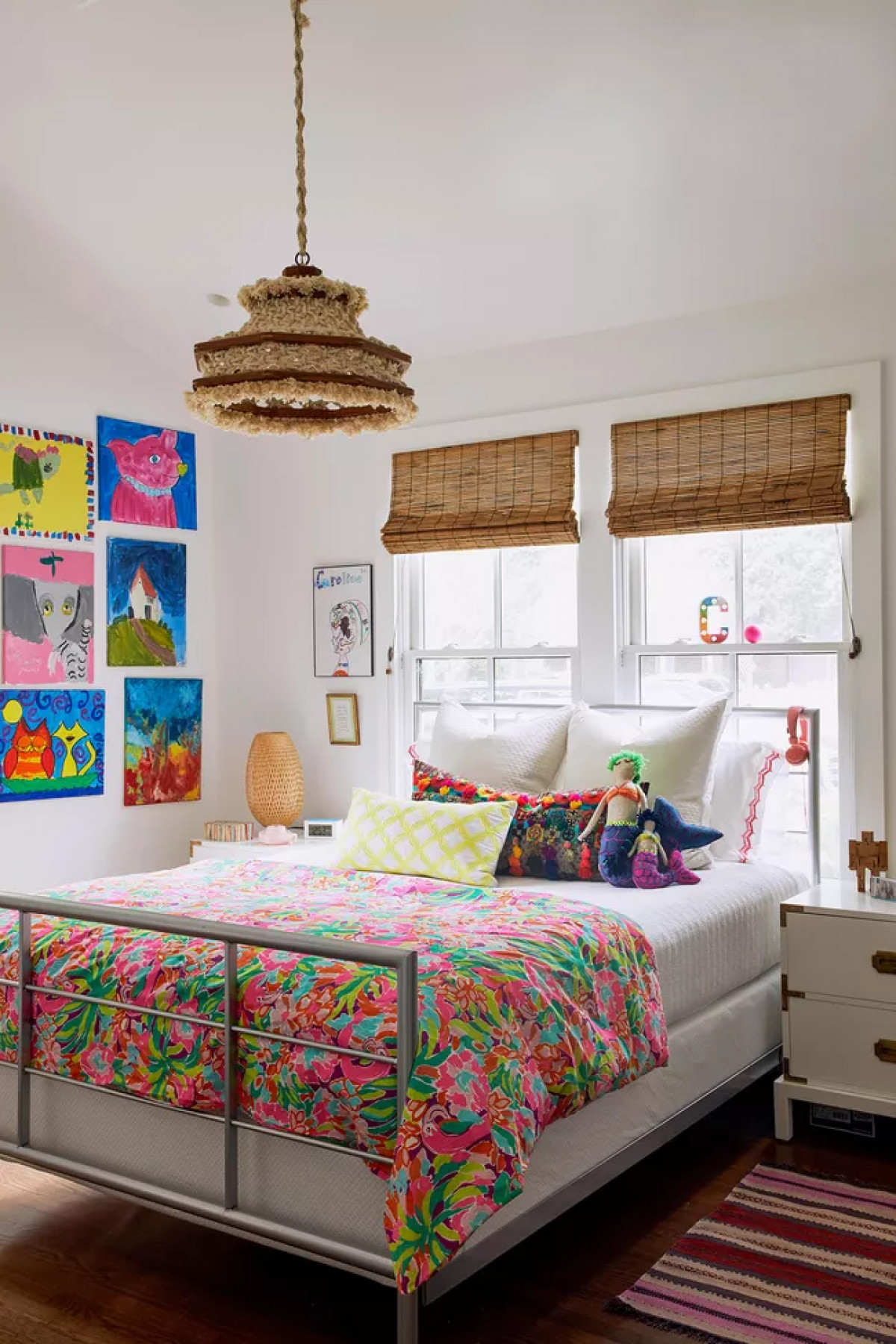
Children can quickly outgrow their room styles. A budding soccer star may transition to ice hockey within a season. Instead of painting your child’s entire bedroom, opt for a clean white color. With plain fabric pieces, you can use the art of swapping to cater to your child’s preferences.
2. Timeless design
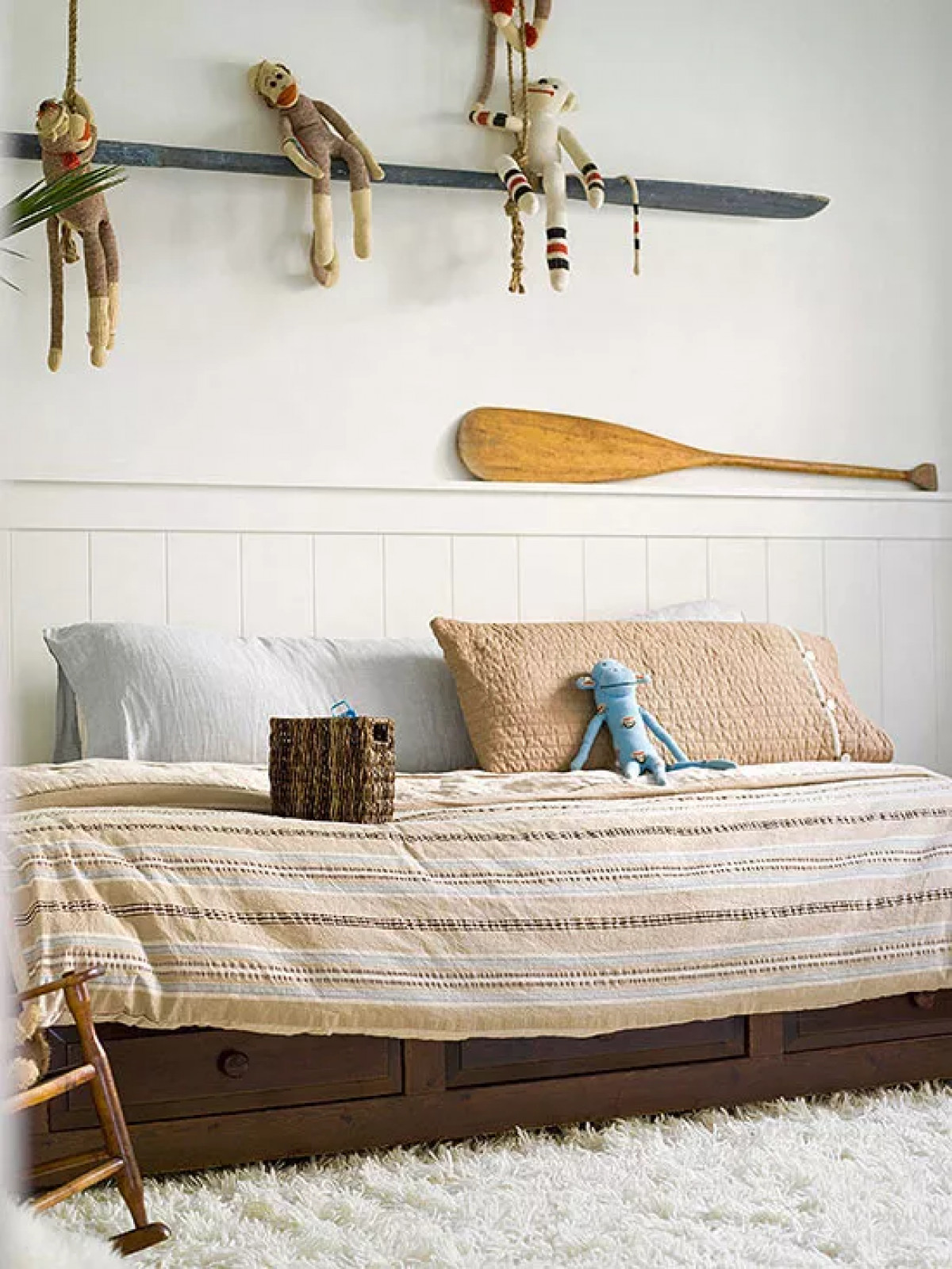
Sometimes, it’s best to treat a child’s room like any other room in your home by adding comfort and timeless style. For this type of room, parents have made the space architecturally appealing.
3. Use simple patterns
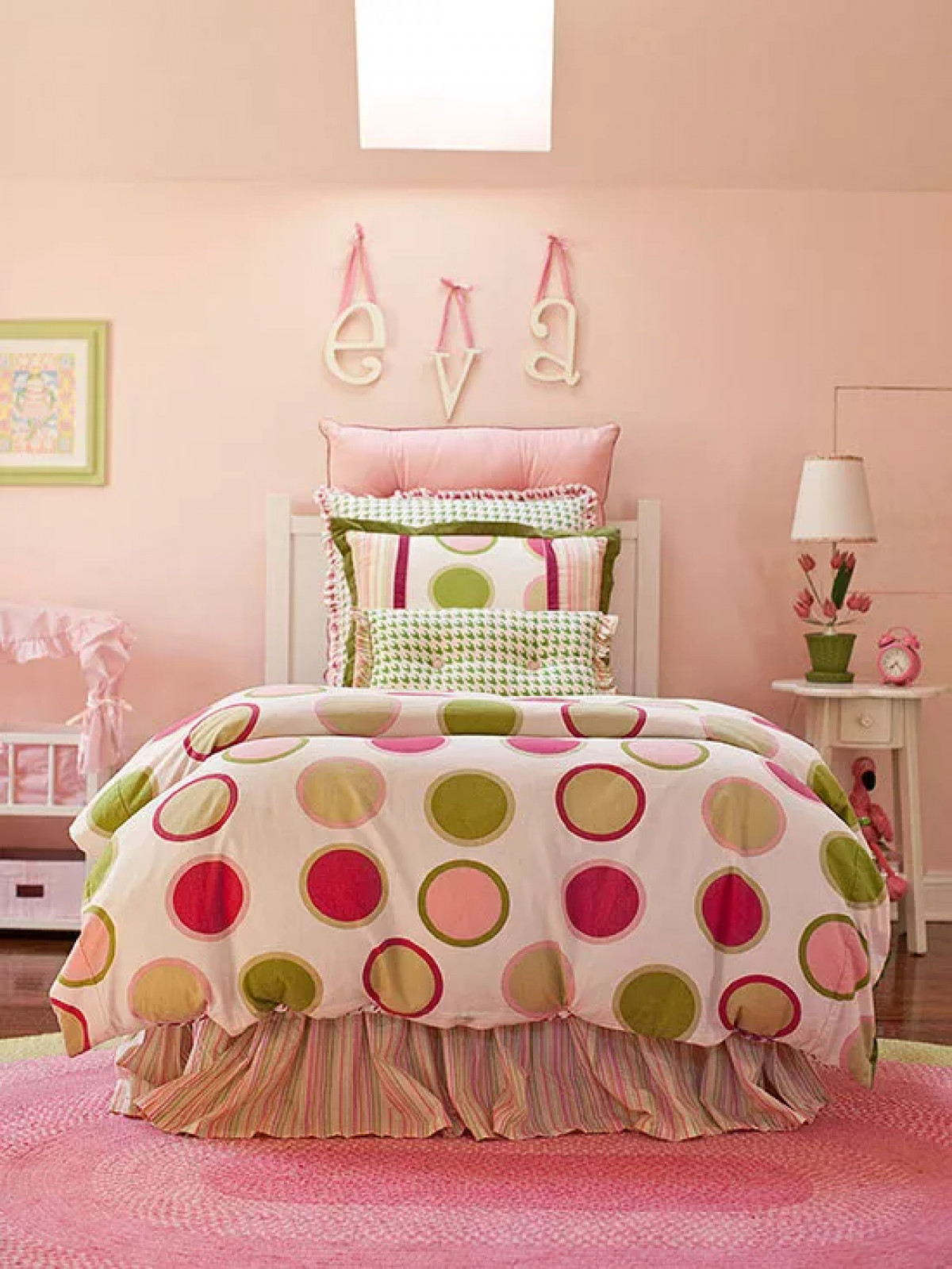
Sometimes, the best decor option is the simplest one. A single pattern can make the room feel energized and interesting. The key is to choose a bold graphic pattern, with proportionate magnification. Apply the pattern to a focal furniture item, such as a bed or a prominent wall surface. Let that pattern be the center while keeping other elements neutral with that color, or with minimal patterns that don’t contrast with it in intensity or size.
4. Shared space
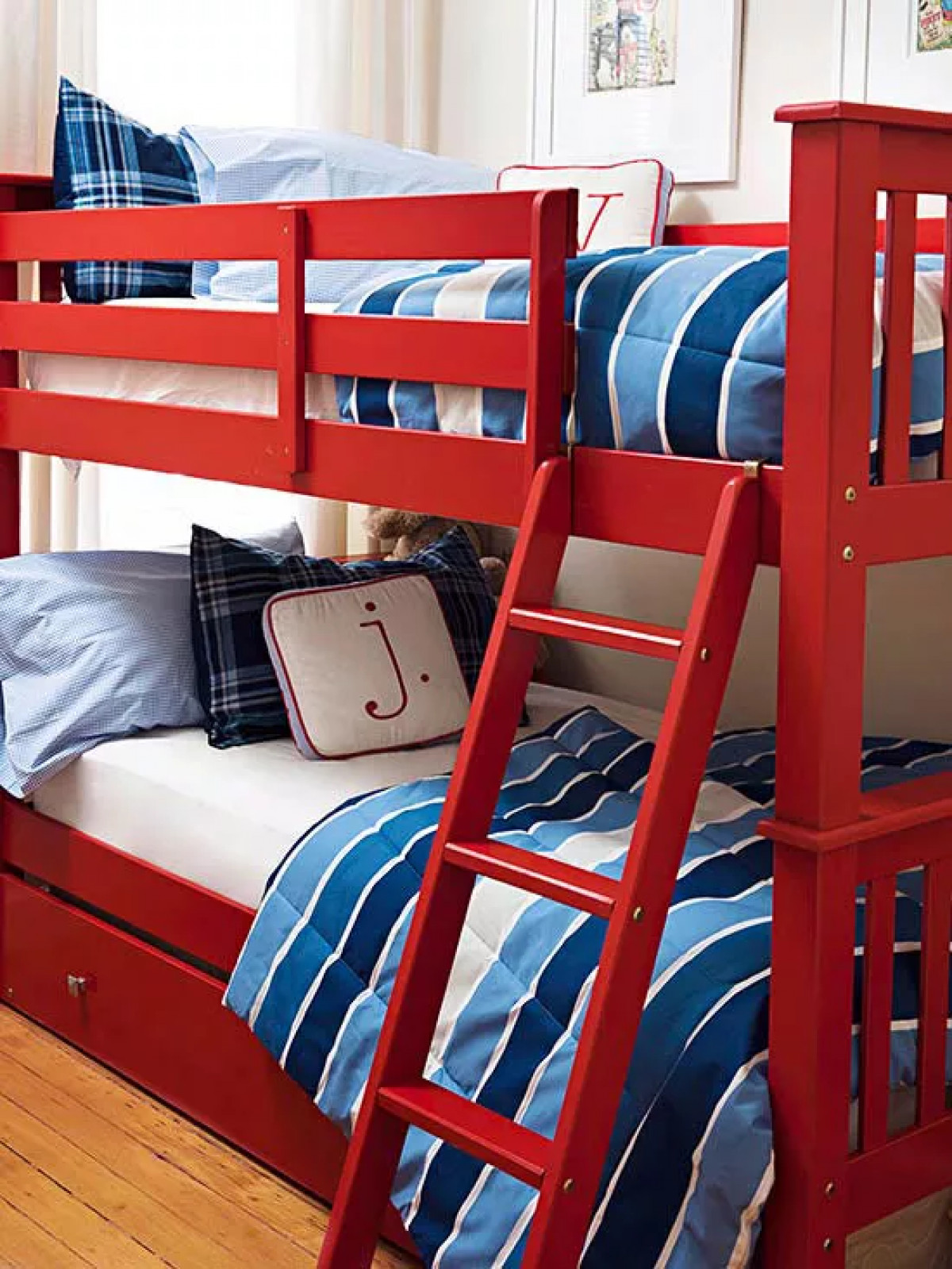
Many children share a room with siblings. It’s a lesson in bonding and co-living that will benefit them throughout their lives. It’s also an organizational lesson. Some bunk beds even include built-in storage options, such as drawers underneath or decorative headboard accents. In the case of 2 single beds, utilize the space below each mattress for storage and drape a bed skirt down to conceal. Additionally, you can make each child feel special with personalized artworks and bedding sets, coordinated with the same color or standout pattern.
5. Classic style
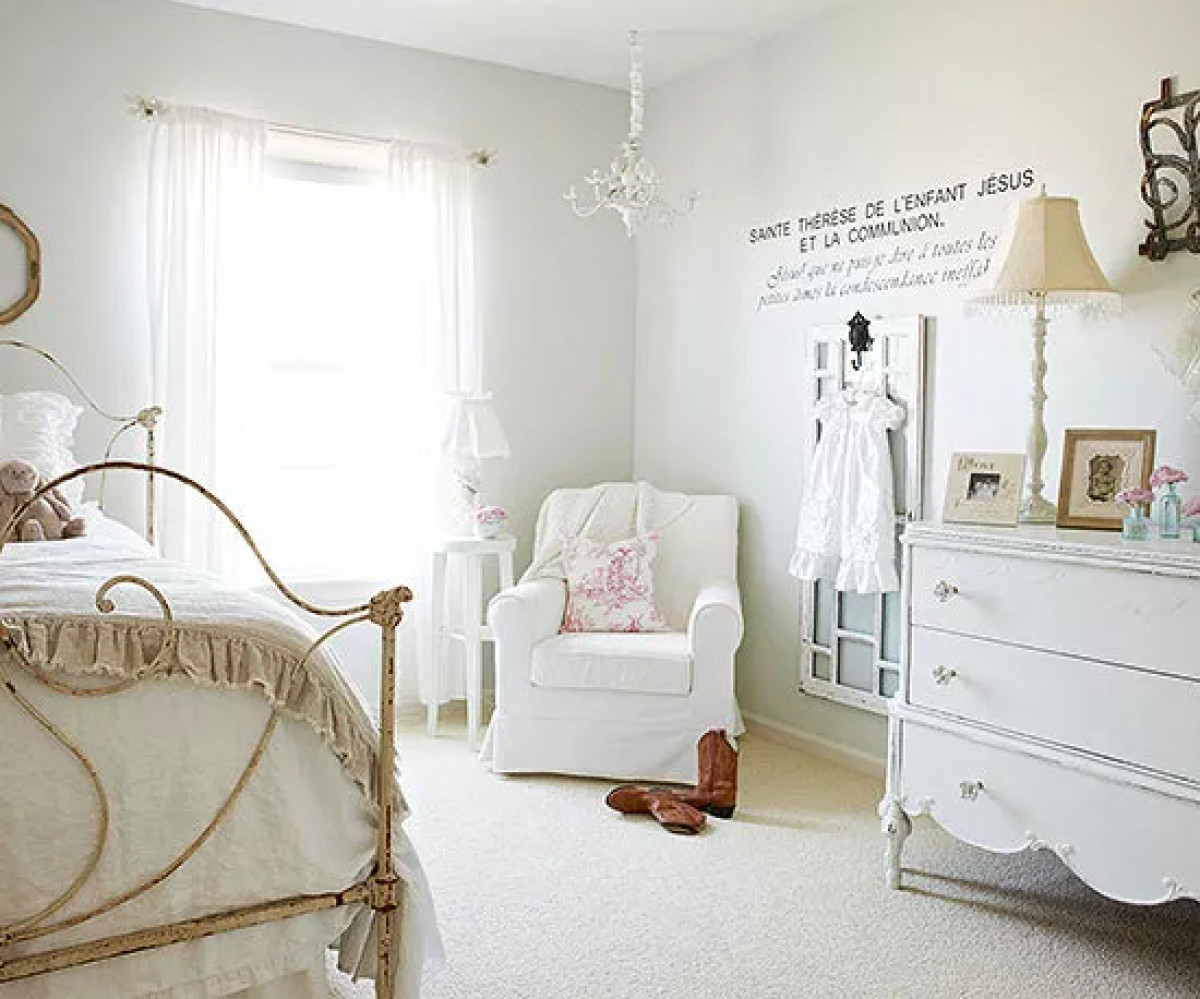
When a decor plan is based on classic objects, it creates a unique personal look, and it can also be a cost-effective approach. Instead of investing in new items, you can seek out thrift shops, flea markets, and consignment stores. Try combining a vintage look by using an iron bed, an antique wardrobe, and repurposed architectural artifacts. Alternatively, seek out medium-toned items for a modern, bright look.
6. Creative catalyst
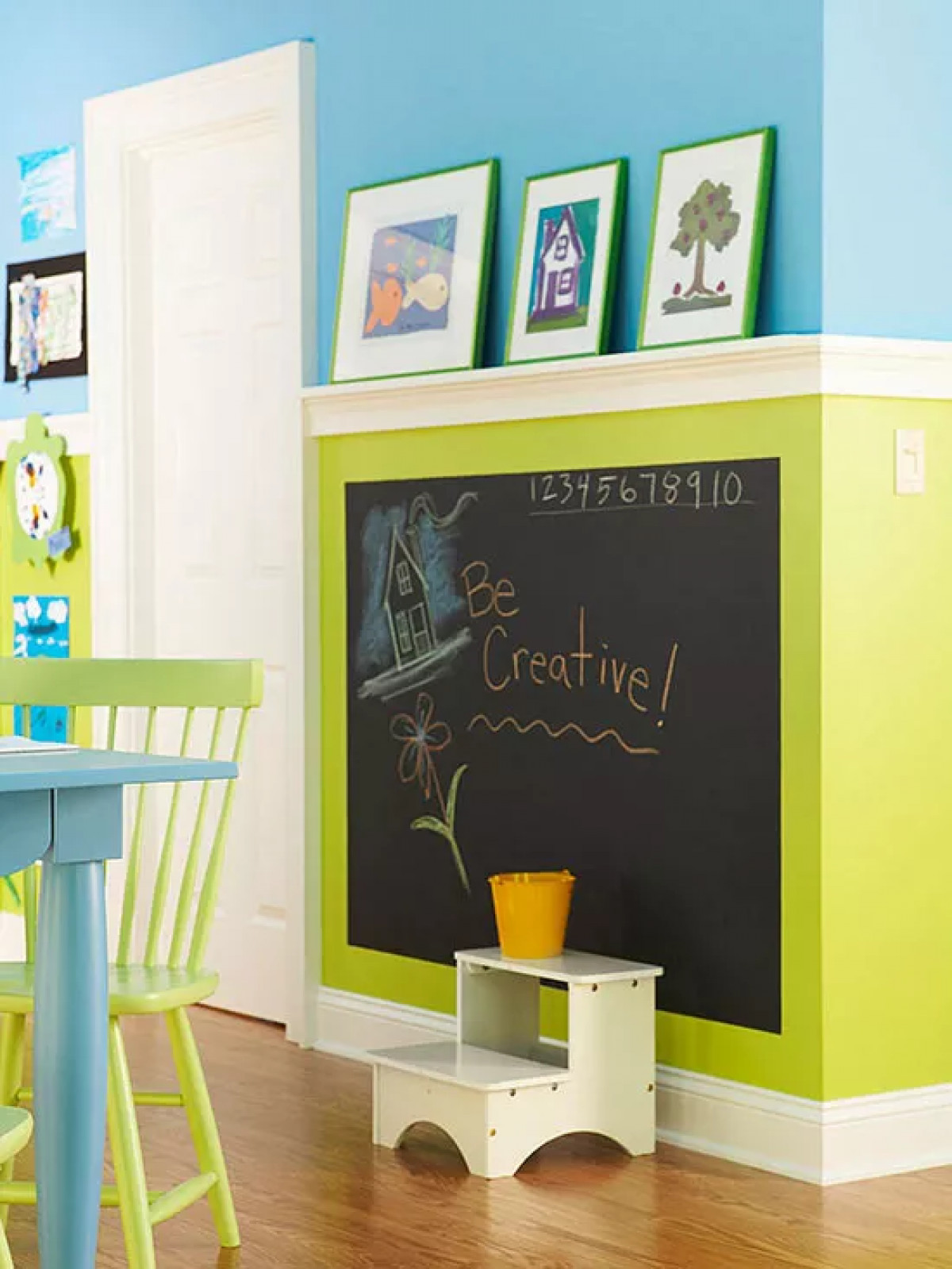
Children have an infinite desire for imagination, curiosity, and embellishment. Instead of letting them draw on the white walls, provide them with an outlet for expression in a controlled and manageable way. An older child might enjoy having an art paper spread, markers, paint, models, and glue. For fidgety kids who don’t sit at a desk easily, create a doodle wall where they can scribble freely.
7. Use short-lived items
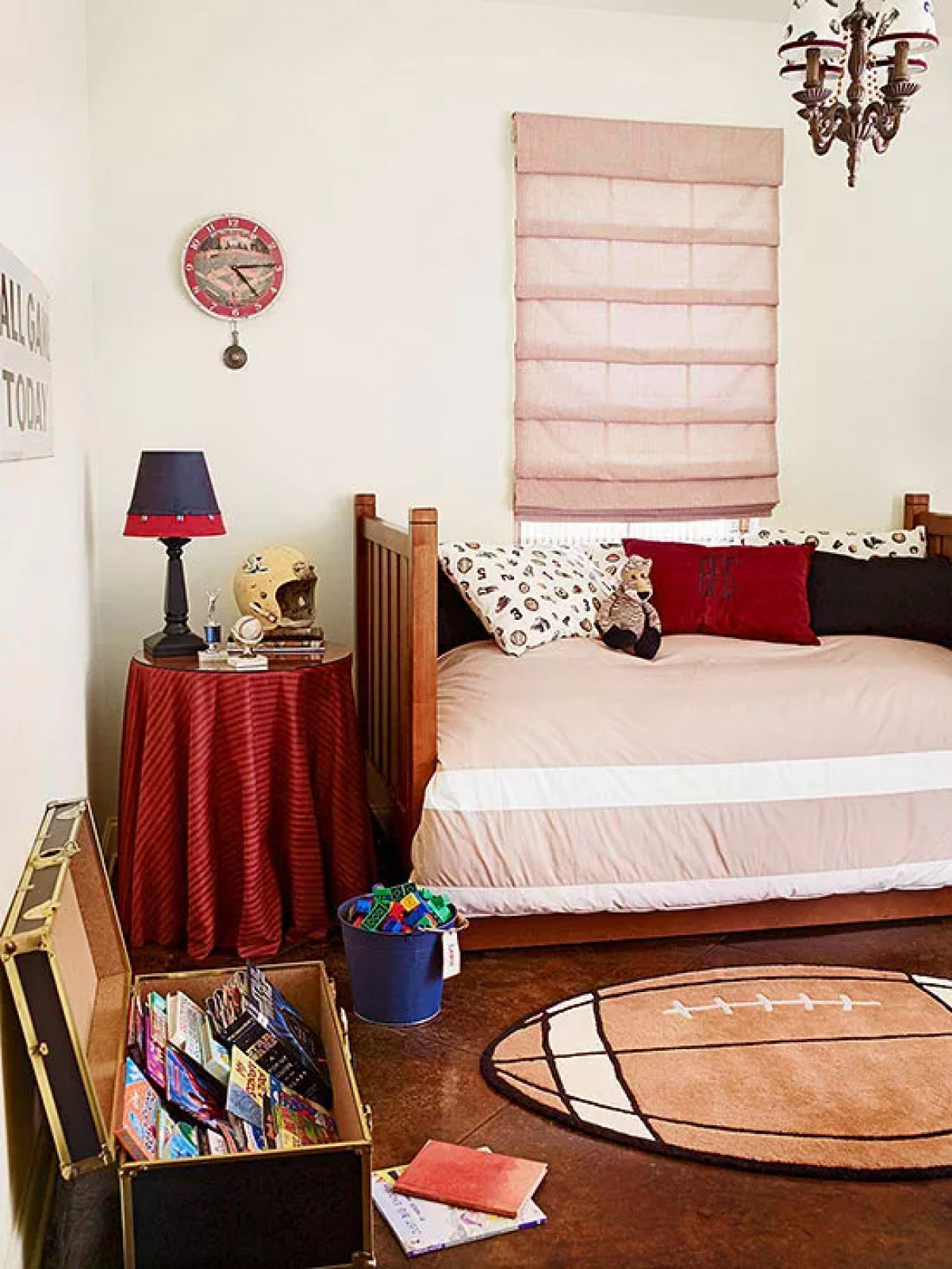
In the early years, children can focus on what they love intensely. Capitalizing on this can be an exciting way to decorate a child’s room, as long as you embrace the transitory nature of these ideas. Add in elements like floor rugs, patterned pillows, and inexpensive interchangeable artwork or accessories.
8. Mischievous child
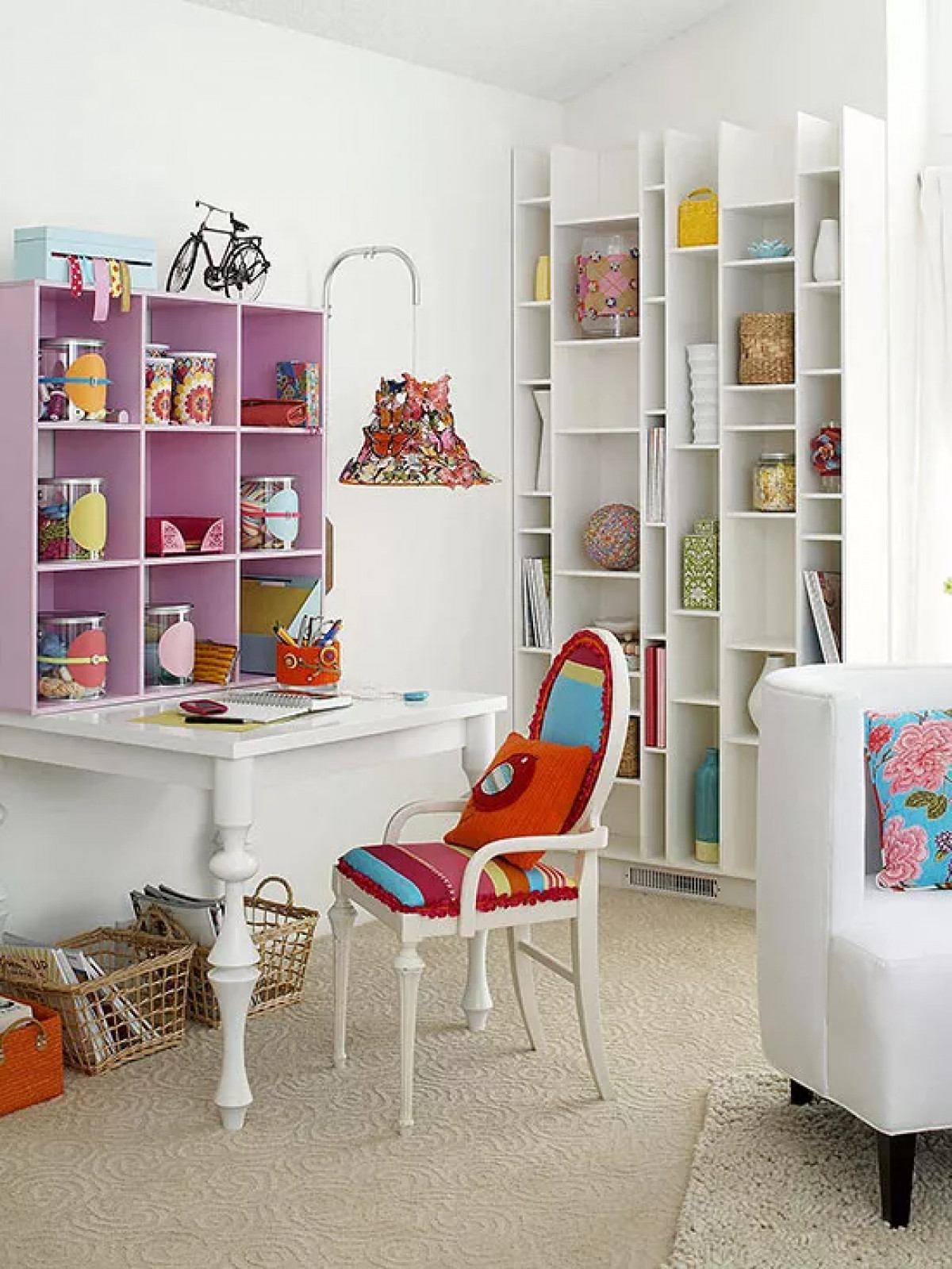
Some children love the creativity of handicrafts. Sometimes they focus on a hobby like making jewelry or collecting trading cards. Creating structures into a workspace with their interests included, encompassing storage shelves and a place to work will allow the space to be inspiring for the child. Additionally, make the space appealing to the child by choosing vibrant paint colors and accessories.
9. Beach-themed fun
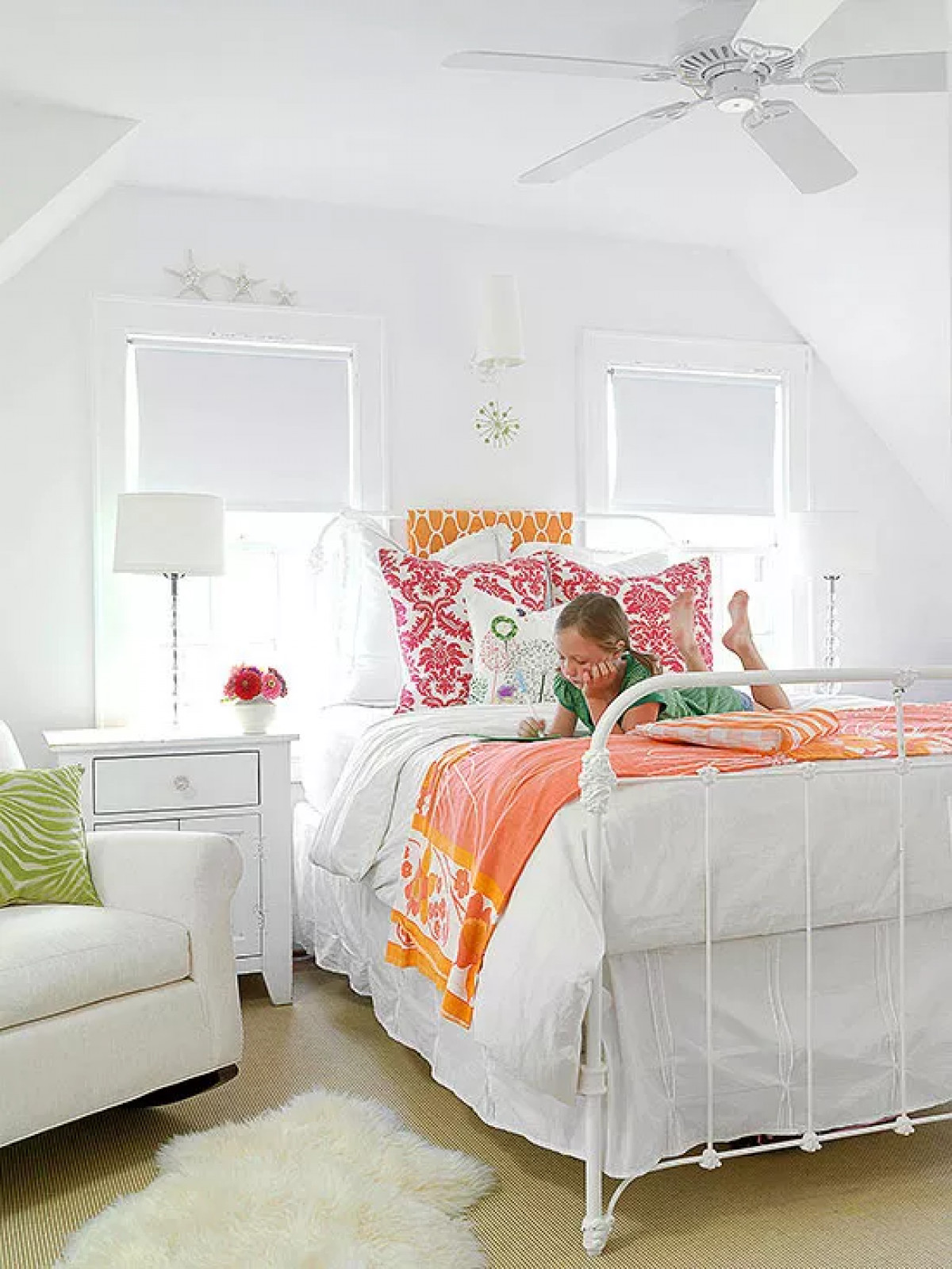
Give your child the feeling of a seaside beach right in their room. The use of white, clean furniture, and walls brings in more sunlight, making the room gentle and bright. A natural fiber rug will create a feeling of walking on sand. Choose a few beach-related accessories, such as Hawaiian patterned bedspreads or shell collections.
10. Cute collectibles
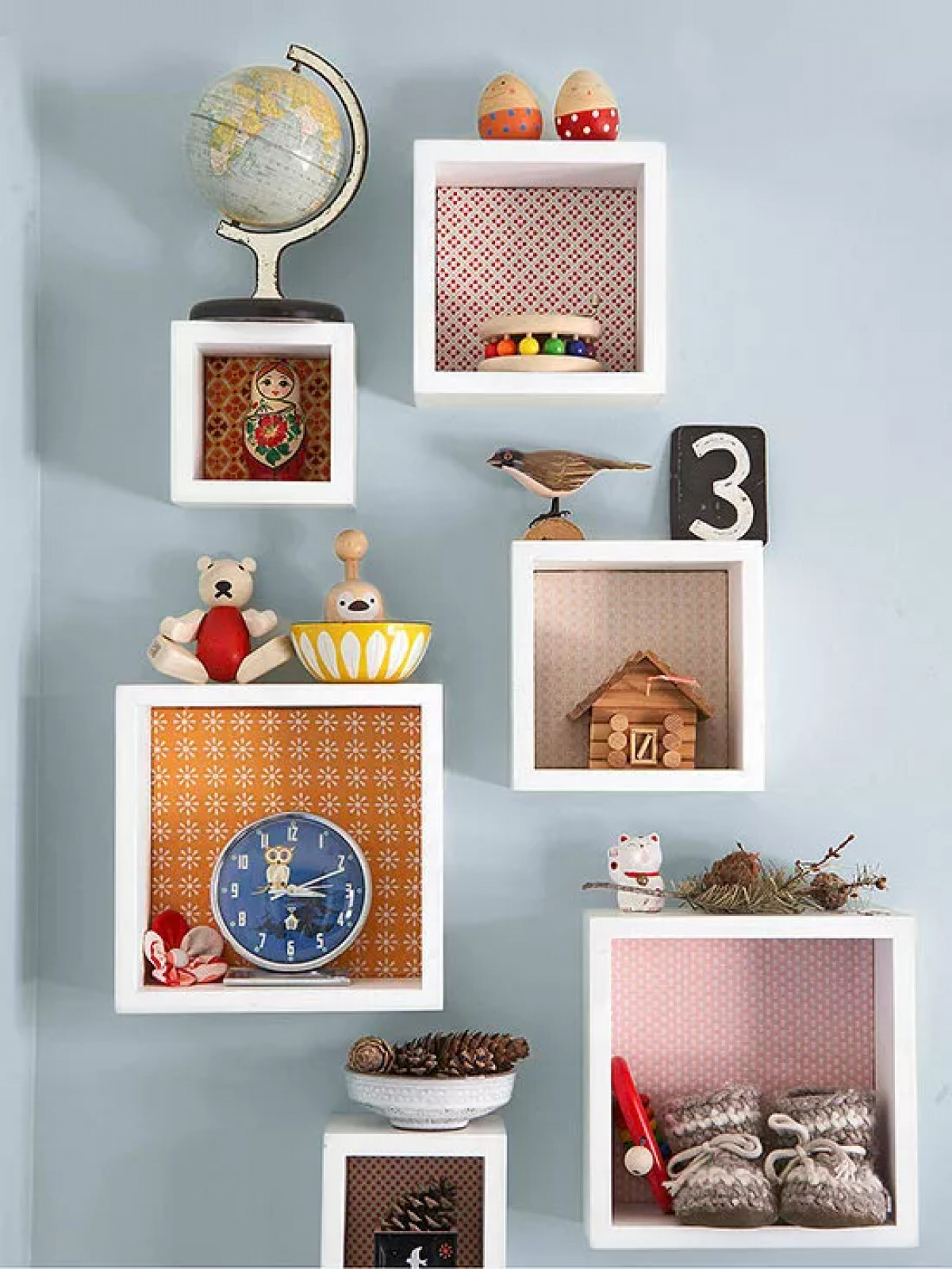
Displaying collectibles, jewelry, and small objects like a child’s first pair of shoes is an easy way to decorate a child’s bedroom space. Build freely around a central focal point with wall-hanging frames, ready-made artwork, or glossy boxes.
11. Ready for sleep
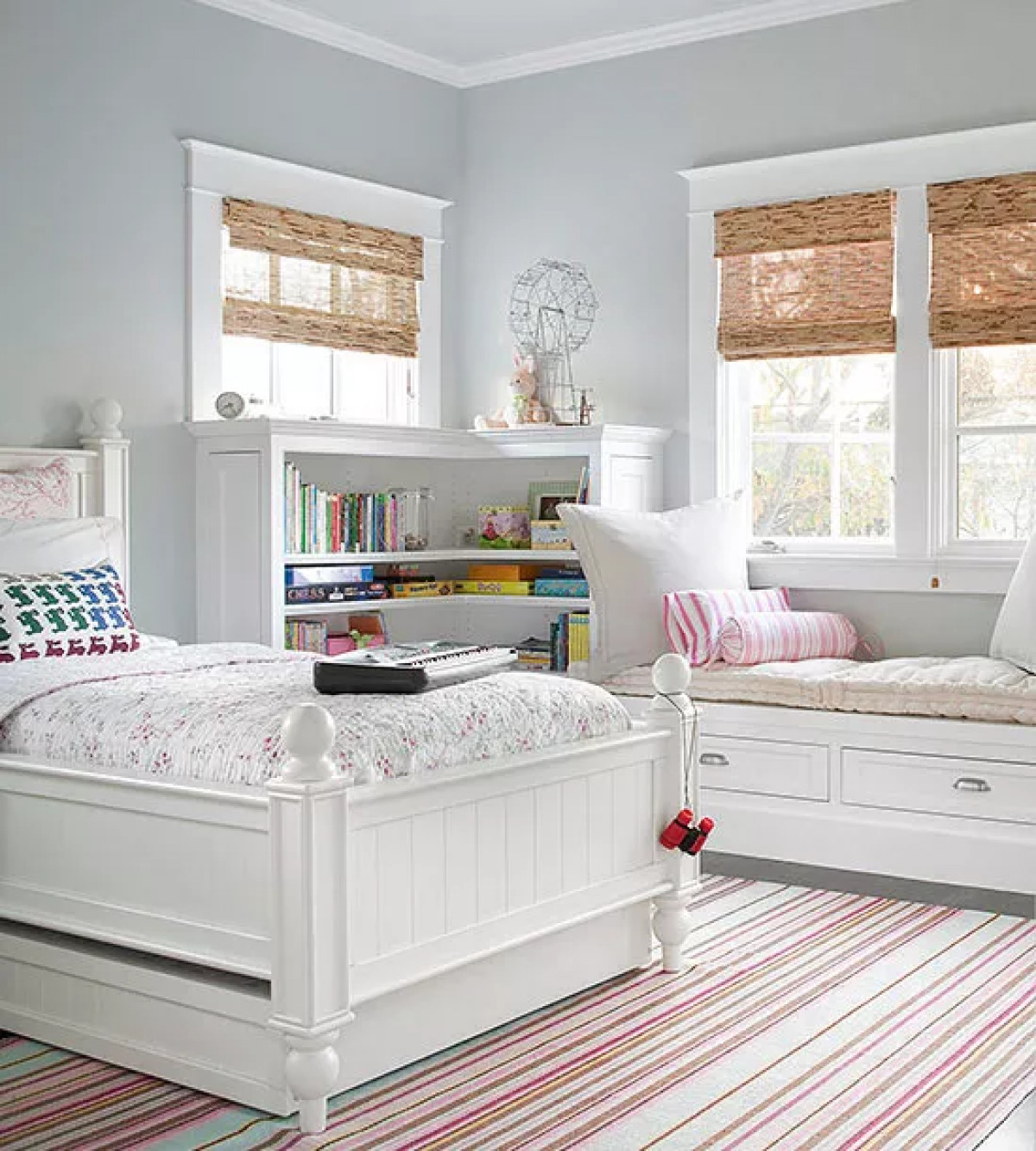
For occasional visits from friends or relatives, creating an open space is necessary. If children often have friends or relatives visit, bunk beds are an appropriate choice. If you don’t want a permanent bunk bed, try selecting a rolling bed that can slide out of sight when not in use. Other convenient options include folding sofas or window seating.
12. Pursue hobbies
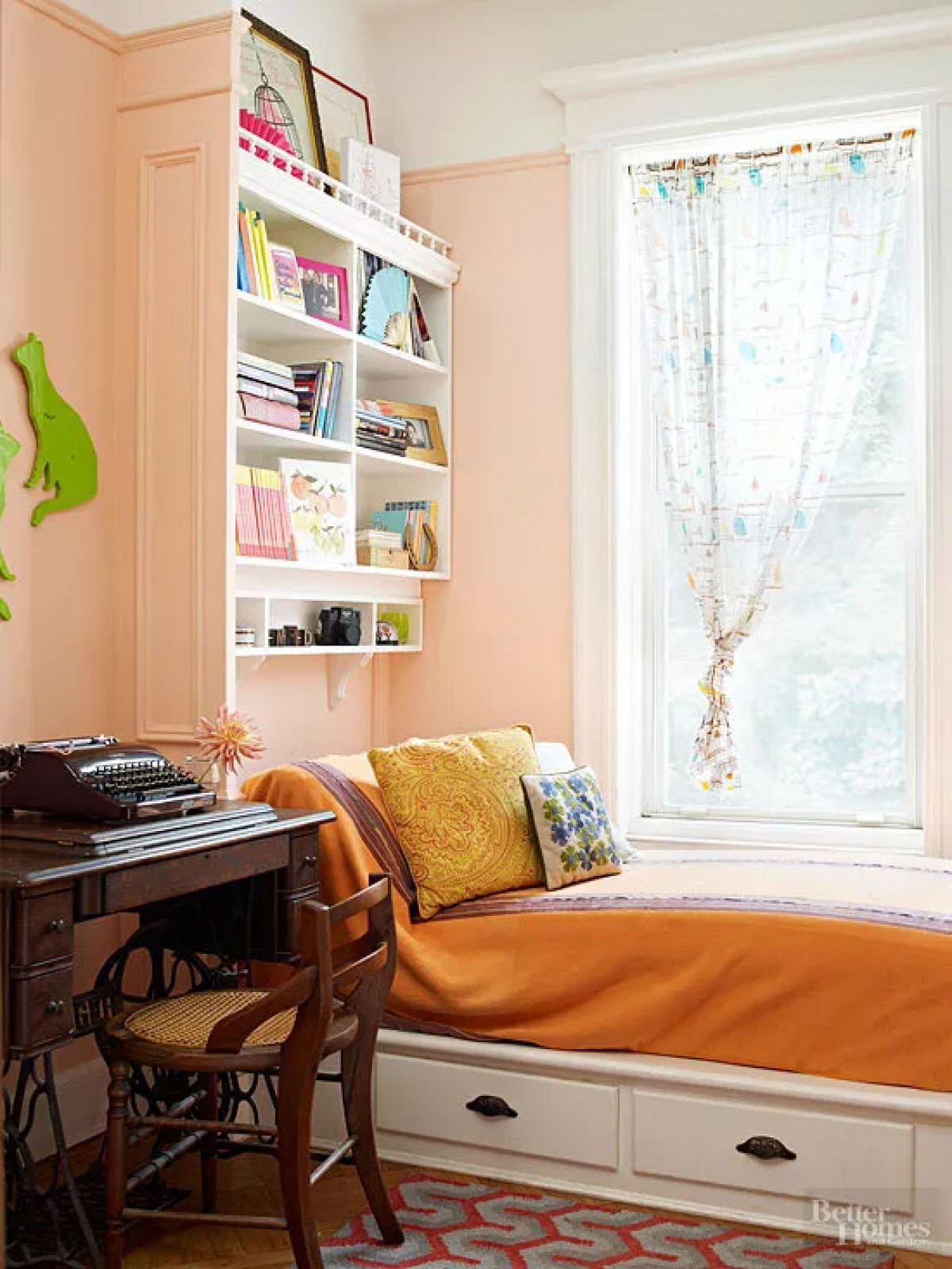
As children grow older, they may desire a more mature look in their room. One way to give them what they want without losing the excitement of youth is to incorporate their interests. In addition to introducing a favorite sports team or band, you can also decorate with a current trend, reinforce their talents or long-term interests. For example, if your child plays the clarinet, build a look around classic jazz artwork.
13. Create storage spaces
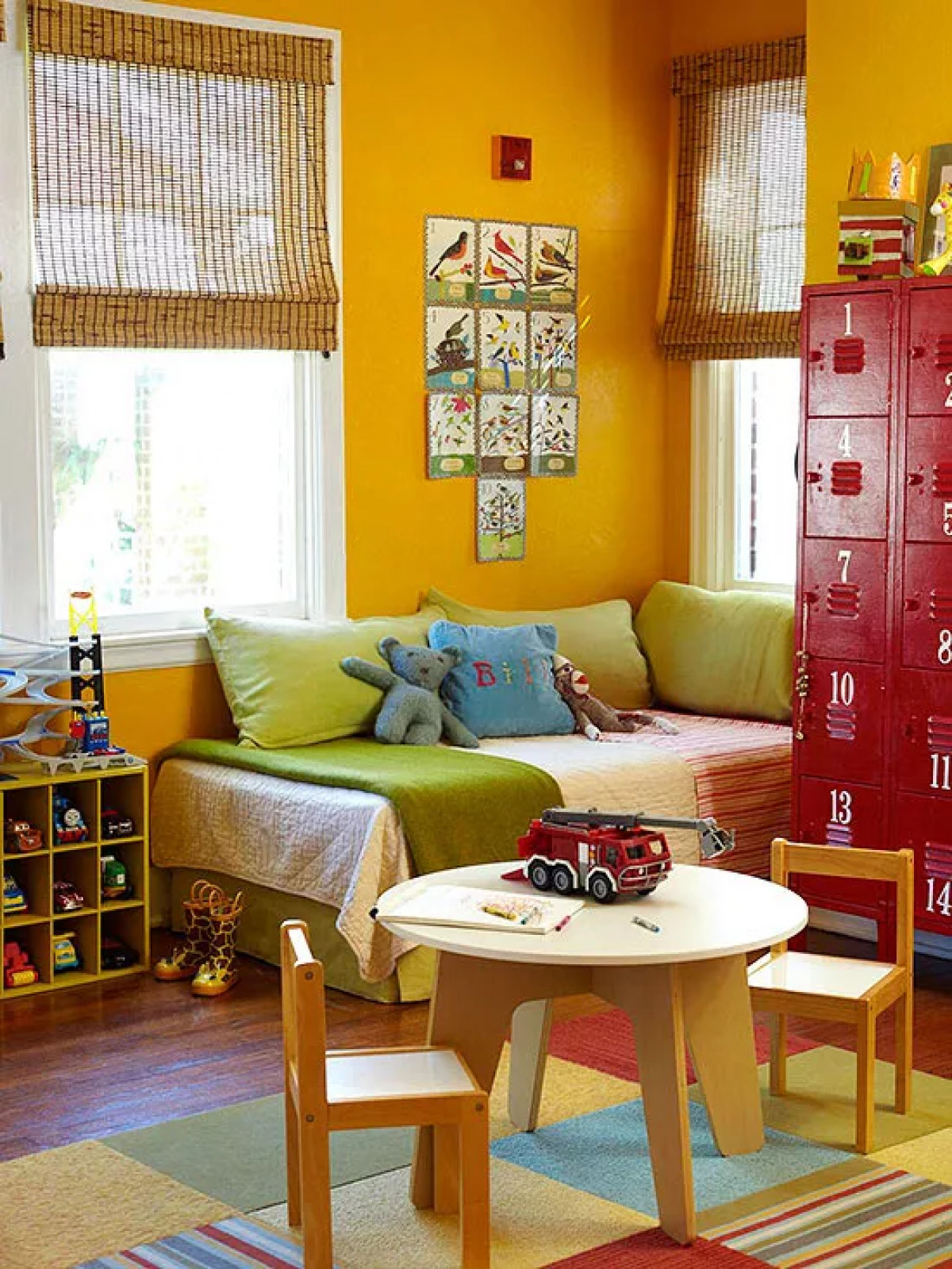
At any age, children always have plenty of items scattered around the room. Design spaces that allow them to store and organize their belongings, helping control unnecessary mess. A large wardrobe can contain everything from toys to clothing to bed linens, making it a great practical design idea.
Source: VOV





























